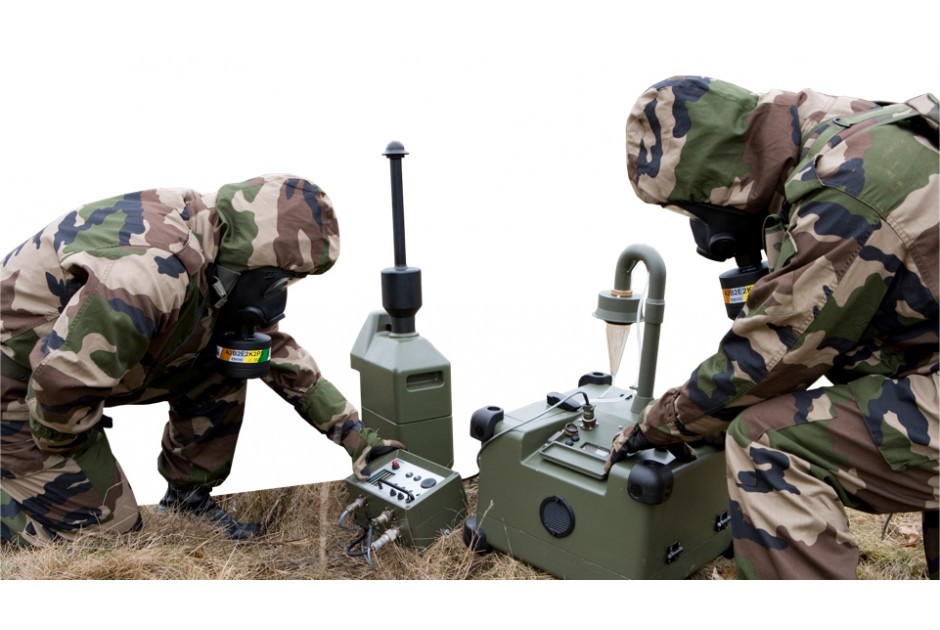EN 1731 Mesh eye and face protectors field of vision and strength testing
The EN 1731 standard is a critical benchmark in the design and certification of mesh eye and face protectors. This standard ensures that these protective devices provide the necessary level of protection while maintaining adequate visibility for users. Compliance with this standard is mandatory for manufacturers, distributors, and end-users to ensure safety and meet regulatory requirements.
The testing protocol outlined in EN 1731 focuses on two primary aspects: field of vision and strength. Field of vision tests are designed to evaluate the wearer's ability to see around them while wearing the protective equipment. This is crucial for military personnel who need unobstructed peripheral vision to operate effectively in various environments. Strength testing, on the other hand, ensures that the eye and face protectors can withstand the forces they might encounter during use.
The field of vision test requires the use of specialized optical instruments capable of simulating real-world visual conditions. The process involves placing a set of markers around a wearer's head to simulate different angles and distances from which the wearer must see clearly. This ensures that the protective equipment does not impair peripheral vision, an essential safety feature in high-risk environments.
Strength testing is conducted using mechanical testers capable of applying controlled forces to the eye protector. The test aims to determine if the protector can withstand impacts without compromising its structural integrity or performance. Compliance with EN 1731 ensures that the equipment meets the minimum strength requirements, which are critical for preventing potential injuries in field conditions.
The importance of this testing cannot be overstated, especially within military applications where the environment is unpredictable and dangerous. Ensuring that protective gear does not obstruct vision or fail under stress can mean the difference between life and death in combat situations. By adhering to EN 1731 standards, manufacturers ensure their products meet rigorous safety and performance criteria.
Compliance with this standard also has broader implications for quality management within organizations. It provides a clear framework that helps in identifying potential hazards early on in the product development cycle. This proactive approach not only enhances product reliability but also fosters trust among end-users, who are more likely to choose products from reputable manufacturers.
In summary, EN 1731 testing is essential for ensuring that mesh eye and face protectors meet stringent safety standards. It plays a pivotal role in enhancing the operational effectiveness of military personnel by providing clear vision and robust protection. This standard helps maintain high levels of occupational health and safety, which are critical for any organization operating in hazardous environments.
Why It Matters
The importance of EN 1731 testing cannot be overstated, particularly within the military sector where protective equipment is subjected to extreme conditions. Ensuring that eye and face protectors meet these stringent standards is vital for several reasons:
Enhanced Safety: The primary goal of this testing is to ensure that protective gear does not impair the wearer's vision, thereby reducing the risk of accidents or injuries.
Regulatory Compliance: Meeting EN 1731 standards helps manufacturers and distributors comply with international regulations, ensuring they can operate legally in diverse markets.
Elevated Product Quality: By adhering to these standards, manufacturers demonstrate a commitment to quality that resonates positively with end-users who value safety above all else.
These benefits contribute significantly to the overall reliability and performance of protective equipment used in military operations. The rigorous testing process helps identify any potential weaknesses or design flaws early on, allowing for timely improvements.
Benefits
Enhanced Safety: Ensures that eye and face protectors do not obstruct the wearer's vision, reducing the risk of accidents or injuries in high-risk environments.
Regulatory Compliance: Meeting EN 1731 standards helps manufacturers and distributors comply with international regulations, ensuring they can operate legally in diverse markets.
Elevated Product Quality: Demonstrates a commitment to quality that resonates positively with end-users who value safety above all else.
These benefits contribute significantly to the overall reliability and performance of protective equipment used in military operations. The rigorous testing process helps identify any potential weaknesses or design flaws early on, allowing for timely improvements.
Environmental and Sustainability Contributions
Reduces Waste: By ensuring that protective equipment meets strict standards, manufacturers can minimize the need for rework or recalls, thereby reducing waste.
Eco-Friendly Materials: The testing process encourages the use of eco-friendly materials in manufacturing processes, contributing to a more sustainable production cycle.
These contributions are vital for promoting sustainability within the military sector. By adhering to these standards, manufacturers not only enhance product reliability but also contribute positively to environmental conservation efforts.





